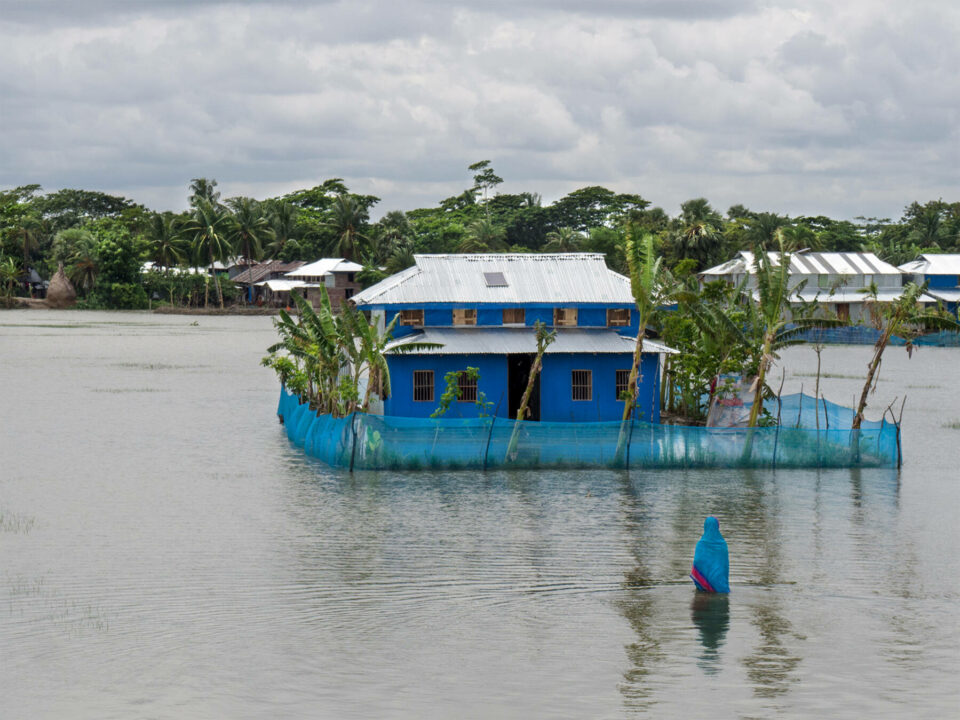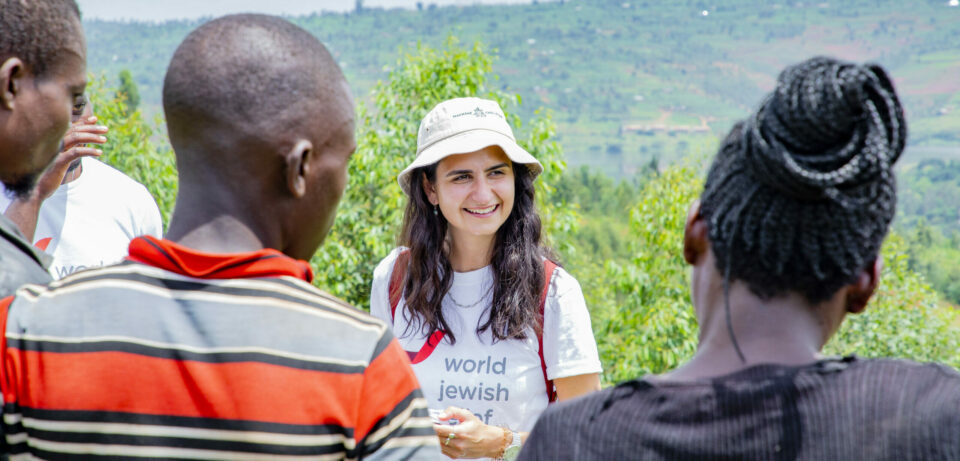Tackling the Climate Crisis One Year On: What Have We Learnt?
One year ago World Jewish Relief embarked on its climate agenda, tackling the effects of the climate crisis on the world’s most vulnerable communities.
After initial scoping by our Climate and Resilience Programmes Manager, in February we launched projects working with communities in Nepal, Bangladesh, and Myanmar to build their resilience to the climate crisis.
As well as learning about the many impacts that the crisis is having on floods, droughts, and landslides, farming, health, and relationships between men and women, we have been learning about how we can provide the most effective support.
Here are the 4 key lessons we have learnt so far:
1. We must support local charities to retain highly trained staff
The international development sector has been incredibly important in delivering support to vulnerable people, but it is not a perfect model. Traditionally, international charities believed that they knew best, and sometimes overlooked local expertise. Even now, when a large international charity becomes involved with a community and offers higher wages to staff, they effectively ‘poach’ the highly trained local staff from local charities.
We are committed to reforming the sector by prioritising support for local charities, which deeply understand the needs and culture of their community, having worked in the area for many years. Through our climate resilience programmes, we are therefore providing additional funds and many training opportunities.
2. We need to understand gender dynamics in a community
We are currently supporting a diverse range of communities in Nepal, Bangladesh, and Myanmar, with differences in education level, healthcare, language, culture, and faith. The role of men and women, boys and girls, also varies significantly within and between communities. If we look at changing farming practices, livelihoods, or levels of income, we are responsible for understanding how this will affect men and women differently, and ensuring everyone is benefitting, without introducing new tensions between genders.
Therefore, we have hired local experts to conduct full gender assessments in each community, so that we can better understand the gender dynamics at work, allowing us to design thoughtful and effective programmes.
3. Measuring the success of climate programmes can be complex
When understanding the success of humanitarian aid, there is often a clear measure; ‘how many individuals received food packages’, or ‘the percentage of a community that is now employed’. However, when it comes to climate, measuring success can be more complex. For example, if we are working in a village to mitigate the danger of future landslides during the rainy season, then we may have moved on to help a different community before we can record the results of our work.
In collaboration with our local partner charities, we are therefore developing a set of indicators which measure:
- How much help we have provided
- How this has changed behaviour
- The extent to which communities are now able to cope with climate related changes
By establishing these measures, we can better understand the effectiveness of our response in combatting the devastating impacts of the climate crisis on communities.
4. We must integrate local expertise with climate change predictions
When designing effective climate resilience programmes, we must first learn from the expertise of local people, both about their communities and the land they work on. We must understand how local agricultural techniques and crops are currently suited to their environment.
Secondly, we need to look at how global climate emergency predictions will affect specific locations. Although there is a predicted 1.5-2 degrees rise in average global temperatures by 2050, some regions will see temperatures soar even higher, decimating livelihoods through drought and flooding.
Finally, we need to integrate the two, empowering local communities to use their own region-specific scientific knowledge in an appropriate way, so that they know which of their local expertise to apply when and where. Providing a platform in which communities can share climate resilience knowledge and skills will be one of the keys to success.
Click here to find out more about our response to the Climate Crisis.





